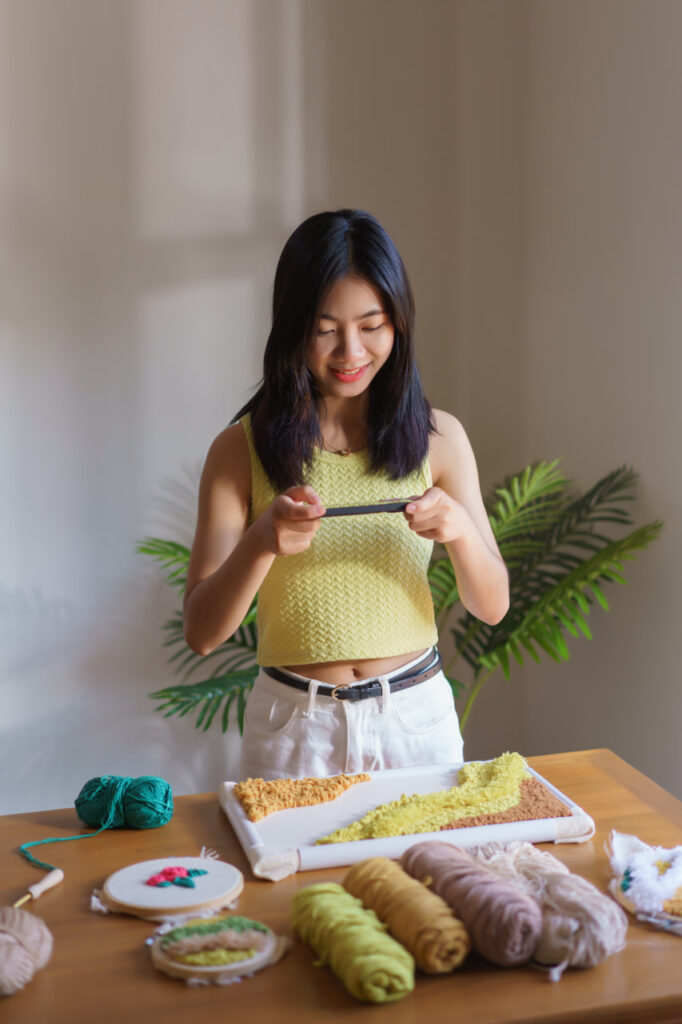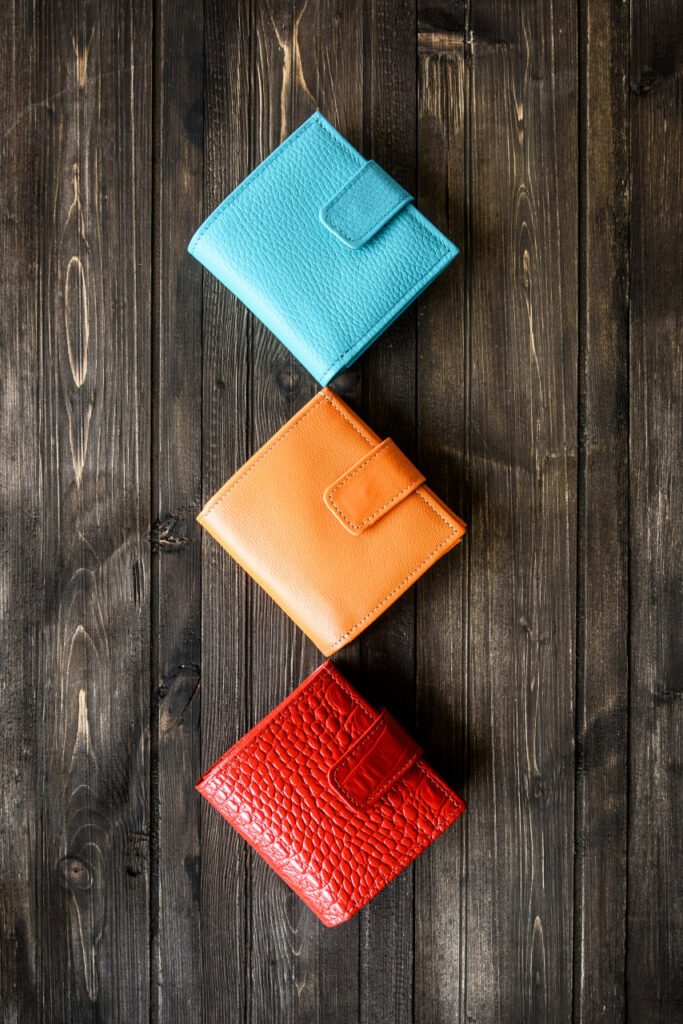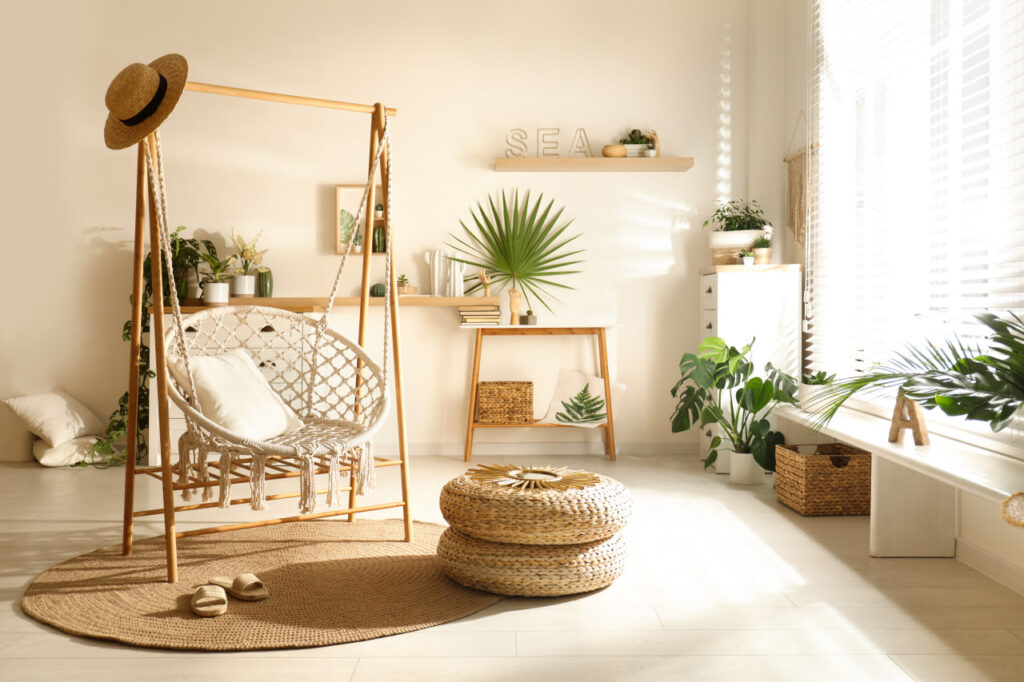
Introduction: How to Photograph Handmade Products for Online Stores
When selling handmade products online, high-quality photography can make all the difference. The first impression customers have of your product is through its photo, and captivating images can drive higher sales. Knowing how to photograph handmade products effectively is key to showcasing their beauty and craftsmanship. This guide will walk you through essential tips and techniques to help you photograph your handmade products for online shops. please stay with ShutterRealm.
Why How to Photograph Handmade Products for Online Stores is Crucial for Quality Results
To sell handmade items online, showcasing their uniqueness through great photography is crucial. Buyers can’t physically touch the items or examine the intricate details in person, so clear, high-quality photos are essential to making the products appealing. Without the proper lighting, focus, and composition, even the most well-crafted handmade products might not attract buyers. Photographs that highlight the craftsmanship, textures, and special details of your handmade goods will help build customer trust and boost sales.

1. Prepare Your Products for the Camera
Photographing handmade products requires preparation to ensure they look their best in photos.
• Clean and Polish: Ensure your products are spotless and free from dust or imperfections. A clean item makes a better impression.
• Consistency: Maintain a consistent look across multiple items by using similar color schemes, layouts, and props.
• Highlight Details: Focus on the unique aspects of your handmade items, such as intricate designs, stitches, or textures, to emphasize craftsmanship.

2. Choose the Right Lighting
Photographing handmade products with the right lighting plays a critical role in showcasing their true beauty.
• Natural Light: Soft, diffused sunlight is ideal for capturing accurate colors and adding a warm tone. Position your setup near a window for optimal results.
• Artificial Light: Use softbox lights or ring lights for indoor photography. They minimize harsh shadows and ensure even lighting.
• Avoid Overexposure: While bright lighting is essential, overexposure can wash out the details. Adjust your light sources to retain textures and intricate details.


3. Set Up Your Background
A well-thought-out background keeps the focus on the product and enhances its appeal.
• Neutral Backgrounds: Use white, gray, or light-colored backgrounds to make the product stand out. Avoid distracting patterns.
• Creative Context: Incorporate relevant props to tell a story. For example, a wooden board might complement a handmade ceramic mug, but ensure the setup isn’t cluttered.


4. Use the Right Equipment
The tools you use can significantly impact the quality of your handmade product photos.
• Camera: A DSLR or a smartphone with a high-resolution camera works well for product photography.
• Tripod: A tripod stabilizes the camera, ensuring sharp and consistent images.
• Lenses: A macro lens is perfect for capturing intricate details, especially for small items like jewelry.
5. Master the Composition
Effective composition draws attention to your handmade product’s best features.
• Rule of Thirds: Position your product slightly off-center to create an engaging composition.
• Angles: Capture the product from multiple angles, including front, side, back, and close-ups, to provide a complete view.
• Lifestyle Shots: Show your product in use to help potential buyers visualize its functionality or fit in their lives.

6. Edit Your Photos for a Professional Touch
Editing enhances the final look of your handmade product photos.
• Software: Use editing tools like Adobe Lightroom, Photoshop, or Canva to fine-tune your images.
• Basic Edits: Adjust brightness, contrast, and color balance to reflect the product’s true appearance.
• Retouching: Remove minor imperfections while maintaining a natural look. Over-editing can make images appear artificial.

7. Optimize for Online Stores
Once your photos are ready, optimize them for online platforms to ensure they attract buyers and perform well.
• File Format: Save your images in JPEG or PNG for a balance of quality and file size.
• Image Size: Compress images to improve website loading speed while retaining clarity.
• SEO-Friendly Names: Rename files descriptively, such as “handmade-knitted-scarf.jpg,” and add alt text to enhance accessibility.
Additional Tips for Better Results
• Consistency in Branding: Establish a signature style for your photos to create a cohesive visual identity.
• Experimentation: Test different setups, lighting conditions, and props to discover what works best for your products.
• Customer Perspective: Always consider what buyers would want to see, focusing on details that highlight the quality and uniqueness of your handmade items.
Conclusion: Why Quality Photos Matter
By investing time and effort into photographing your handmade products, you can effectively showcase their craftsmanship and attract more customers to your online shop. High-quality images help build trust, convey professionalism, and highlight the uniqueness of your creations. With proper planning and these expert tips, you’re well on your way to creating stunning product photos that drive sales and set your shop apart from the competition.

